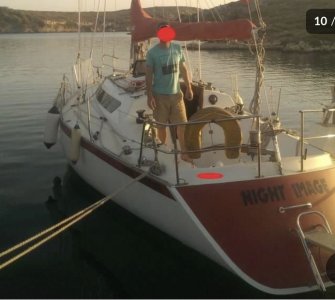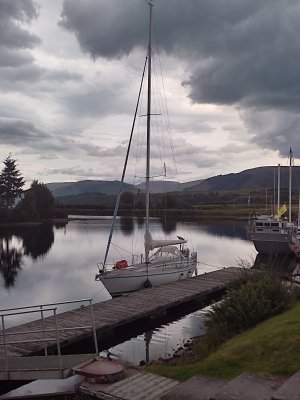Refueler
Well-Known Member
So I spoke to the owner and it turns out the original rig was masthead then they added an extra 3m of mast (another owner), longer boom to make it into a racing boat. So I expect the rig is not that bendy and therefore strong enough even without running stays unless going all out in a blow.
The boat you found for sale is the actual boat I am interested in. It ticks a lot of boxes. I suppose the other concerning factor is the teak deck which is not ideal in tropical or Mediterranean weather.
Given the weight - I can understand the modification ... but TBH .... is it worth doing such to a boat like that ?? Nothing against the boat at all ... but there are plenty of boats designed for racing that would do the job better ..


